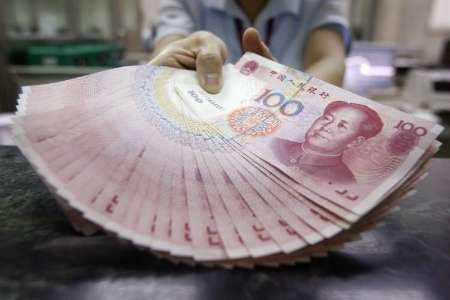Growth of emerging East Asian economies to slow next year

Emerging East Asian economies will grow more than forecast this year but growth will slow in the region next year, the Asian Development Bank (ADB) said on Tuesday.
ADB upgraded its 2010 forecast for East Asia to 8.8 percent from the 8.4 percent it forecast in September.
The bank expects growth in 2011 to ease to 7.3 percent amid weak global outlook and the scaling back of government stimulus measures.
“The weaker outlook for the global economy coupled with the phasing out of fiscal and monetary stimulus within the region means economic growth in the region should moderate next year,” the report said.
Also, the bank upgraded its growth estimate for overall Asian economies to 8.6 percent from 8.2 percent from its previous forecast. In 2011, the Asian economies are expected to grow at 7.3 percent.
According to a United Nations (UN) report last week, the global economy is expected to grow at the rate of 3.1 percent in 2011 compared with an expected growth of 3.6 percent in 2010.
The global economic recovery had started losing momentum from mid-2010 and all the indicators point to weaker growth next year, the UN report said.
“The output growth in the emerging economies, which continued to drive to the global recovery, is expected to moderate next year. These economies will be impacted by a slowdown in the developed countries and withdrawal of stimulus measures,” said Robert Vos, director of the development policy and analysis division of the UN Department of Economic and Social Affairs (DESA).
ADB said that it was upgrading its forecast for East Asia mainly due to the faster-than-expected growth in China. It expects China to grow 10.1 percent this year, up from 9.6 percent from earlier forecast.
China's GDP growth slowed down in the third quarter to 9.6 percent after growing 11.9 percent and 10.3 percent in the first and second quarter respectively.
China's manufacturing activity expanded in November, recording an increase for a fourth consecutive month.
However, the bank said the world’s largest economy is showing signs of cooling as exports growth slowed due to weak demand. China’s growth is projected at 9.1 percent in 2011.
According to the ADB report, Singapore is expected to witness the highest growth in the region at 14 percent in 2010. But, 2011 growth in the country is forecast to fall drastically to 5 percent.
The report cites several obstacles for the growth in the region such as surging inflation, asset price bubbles, and protectionism.
“Risks to the outlook for the region are also higher than they were six months ago. Policy challenges stem from the relatively weak recovery in advanced economies, potentially destabilizing capital inflows, inflation and asset price bubbles in some countries, and protectionism,” the report said.
Emerging East Asia's large, long-standing trade surpluses against developed economies' increasing debt have raised tensions culminating in calls for emerging East Asia to allow its currencies to appreciate to match its growing economic strength, ADB said.
China reported a trade surplus of $2.15 billion for the first three quarters of 2010, up 38 percent.
The U.S. and the European Union have been pressurizing China's policy makers to let the currency appreciate. A stronger yuan would help in increasing imports in the region, raising the power of purchase of the Chinese, thereby spurring domestic demand. It would also help in reducing the massive trade surplus the country has, majority of it with the U.S. and the EU.
Rapidly growing interdependence in trade and finance and the increasing importance of spillovers and contagion effects within the region make regional exchange rate cooperation essential, said Iwan Azis, Head of ADB's Office of Regional Economic Integration. At the same time, regional currency flexibility against major currencies outside the region would help emerging East Asia better manage capital flows and respond to external shocks.
© Copyright IBTimes 2024. All rights reserved.




















